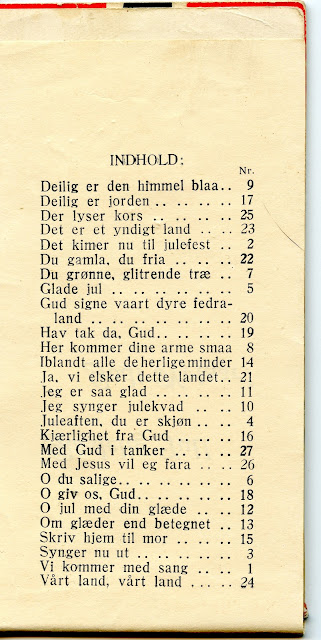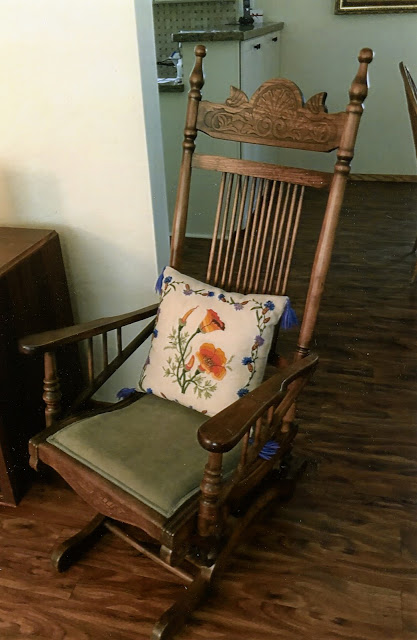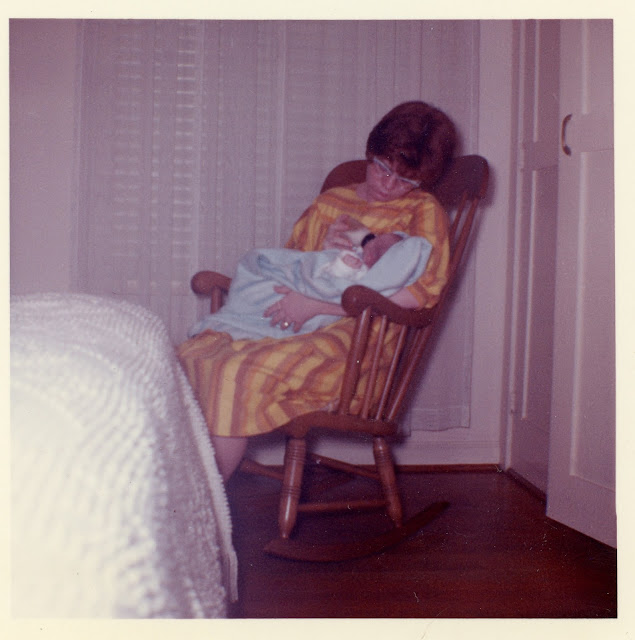List of All People from my Ancestry.com Rodda/Bluett Family Tree.
William Henry Bluett was number 62 on the list.
The theme for this week was "Random Number". As a fun exercise the idea was to pick a random number between 1 and 100, and find the corresponding ancestor on your tree to write about. I thought it would be interesting to see who popped up on my Bluett/Rodda tree since I have not visited that tree for awhile. I decided to go with my current age (should I divulge?) for my random number....and William Henry Bluett came up as lucky number 62. I have briefly written of his life before, but I thought this week I would take a deeper dive into William's life story. Even though he was not a direct ancestor, William's place in our family tree and within Nevada County history was uniquely his own and worthy of writing down.
William H. Bluett was the son of John Bluett and Susan Tonkin, both originally from Cornwall, England. John Bluett was the older brother of my third great grandmother, Harriet Bluett Hurd; William was her nephew. I previously wrote about John and Susan's family who lived at the top of Nevada Street in Nevada City, California, back in 2021 (March 21, 2021 The Bluett Family in Nevada City).
William was the third child of John and Susan, and was born in Nevada City on December 3, 1864. He lived to be 50 years old. He was buried in the Pine Grove Cemetery and his grave location is currently unknown. Here is William's life story in timeline form...
1864 Birth on December 3 in Nevada City, California. William's older siblings were John Wesley Bluett and Susie Virginia Bluett (Durbin). Williams' cousin Carrie Amelia Hurd had been born in Nevada City in February of that year while William Hurd and Harriet Bluett Hurd were living near the Manzanita Mine. His other Hurd cousins were John Henry Hurd, Elizabeth Jane Hurd (Burrows)...my great great grandmother, William George Hurd (born in Nevada City in 1857) and Ella Hurd (born in Nevada City in 1860).
1865 William's uncle Joseph T. Bluett arrived back in Nevada City after serving in the Civil War, and brought back the small bible he was given before he left by my great great grandmother Elizabeth Jane Hurd.
1866 Birth of his brother James Edward Bluett in Nevada City, California.
1868 Birth of his cousin Winifred Melvine Hurd in Nevada City on September 3 while William and Harriet Bluett Hurd were living near the Manzanita Mine.
1869 Birth of his sister Abbie J. Bluett in Nevada City, California.
1868-1869 The family of William Hurd and Harriet Bluett Hurd moved back to Pennsylvania sometime during this period and were back in Pennsylvania by the 1870 Census.
1870 The 1870 Census for William looked like this:
William's father John was a gold miner making a good living and Susan was at home taking care of 5 young children. It must have been a very busy home! William was most likely just starting school. The family lived in Nevada Township, Nevada County California. Their home was in the vicinity of Nevada Street and Old Washington Road.
1870 US Federal Census for William H Bluett
Ancestry.com
1873 Death of his sister Abbie J. Bluett on September 6, 1873. She was 4 years old, and her cause of death is unknown. William was 8 years old at the time and this must have been a very sad event for him. I can't imagine what John and Susan felt after losing their baby. But, unfortunately, it was a common occurrence for the time and place. She was buried at the Pine Grove Cemetery in Nevada City, California. Plot location unknown.
1875 The Hurd family was back on the west coast living in Virginia City, Nevada where William Hurd was working at the Ophir Mine. The Great Fire occurred on October 26, 1875. William was sure to have heard about the devastation the fire caused and how it affected his uncle and aunt and his cousins.
1876 Death of his father John Bluett who was 50 years old. John's cause of death is unknown. He was a miner, so his death could very well have been related to his occupation. He was buried at the Pine Grove Cemetery, plot location unknown. William was 11 years old at the time. Also, William's uncle William Hurd died in an accident in the Ophir Mine in Virginia City, Nevada. His cousins had lost their father, too.
1878 Death of his mother Susan Tonkin Bluett. Susan was 43 years old and died of cancer. In her will she bequeathed the home and property to all of her remaining children. The oldest child John Wesley was 18 years old. He became the head of the Bluett family in the Bluett home at the top of Nevada Street. William was 13 years old. Susan was also buried in the Pine Grove Cemetery, plot location unknown.
1880 The 1880 Census looked like this:
The household looked much different by 1880. John Wesley was working as a laborer at the age of 20 (and was head of the household), sister Susan was taking care of the home at the age of 18, and "Willie" and Eddie were most likely in school still, being 16 and 13 years old. The home was listed as being located on Nevada Street.
1880 US Federal Census for William H Bluett
Ancestry.com
1880 William's sister Susie married Alexander Durbin in Nevada City, California after the census was taken. They lived as a married couple in the same home as the Bluett boys. Eight children were eventually born to the Durbins, beginning in 1881. William became an uncle!
There is a large gap in records between 1880 and the 1900 census. William's brother Eddie was married and living in Yuba County, working as a farmer by 1900 and continued to live the rest of his life in Marysville. They had no children. William's brother John Wesley was still living in Nevada City, as he was found on the California Voter Registers for 1892. He worked as a painter.
1892 William Henry was found in the California Voter Registers also. The Presidential election that year was between Grover Cleveland and Benjamin Harrison (Cleveland's win made him the first president in American history to be re-elected to a non-consecutive term....shades of our future 2024 election...). This source is important for several reasons.
Great Register of Nevada County 1892 California Voter Registers
Ancestry.com
We get a good look at William's appearance from this source; he was 5 feet 4 1/2 inches tall with a dark complexion, blue eyes and brown hair. His right hand was missing the second finger at the last joint. His darker complexion was probably due to the fact that he worked out of doors as a mill man. At that time this was a hazardous occupation, especially regarding digits! William had already lost one finger.
We also get a look at where William was working in a mill; the town of Maybert, California. I had to do some quick research on where Maybert was located. It was a mining town in Nevada County, California, on the south side of the Yuba River and about 6 miles east of the town of Washington.
Maybert is located about 22 miles from Nevada City. You can drive Highway 20 from Nevada City up to the turn off to Washington and follow the road to what's left of Maybert in about 40 minutes. It may have taken a bit longer by stage in the 1890's.
Google maps
The little town of Maybert's heyday was from the mid 1880's to the early 1900's. It had sprung up to house and serve the area mines and their workers. A road and a bridge were constructed to connect the town of Washington and the large Yuba Mine in 1876. A newer bridge was constructed in 1895.
The 1895 Maybert Road bridge crossing Canyon Creek, pictured before it was taken down in 2016 and replaced with a modern bridge. Nevada City plans on using the old bridge as part of its trail system in the future.
www.bridgeoftheweek.com
Maybert boasted a school, its own election district (32 votes were cast in the 1892 election...one was probably William's!), its own telephone company, a post office and a hotel with a saloon. It was connected by stage to Washington, Nevada City, Downieville and other points in Nevada County. Even though William was living and working up the mountain from Nevada City, he was able to take the stage and visit his family on Nevada Street.
William worked at one of the sawmills in the area. The mills served the mines; the principal mines were the Yuba, Eagle Bird, Blue Bell and the Blue Jay. These mines had their own mills, and could pay their mill men $3-$3.50 a day. It was a hazardous job, as I found out by looking at the 1896 Voter Registration...
1893 Death of William's aunt Harriet Bluett Hurd in Virginia City, Nevada.
1896 William was back living in Nevada City and was recorded in the 1896 California Voter Register. He was still working as a Mill Man, but had a new injury...the end of his first finger on his left hand was gone. I wonder if he voted for William McKinley or William Jennings Bryan?
1898 William's brother John Wesley served in the Spanish American War as a private in the 8th California Infantry.
1900 The California Voter Register recorded William as living in Graniteville, Nevada County, still working as a Mill Man. He was a registered Democrat by this time. Did he vote for William Jennings Bryan? William McKinley won that rematch. Graniteville was a small community located on the San Juan ridge separating the middle and south forks of the Yuba River.
Google maps
Graniteville (formerly Eureka) was a small community. Everyone knew each other's political tendencies....California Voter Registrations for William H Bluett 1900
Ancestry.com
1900 Williams' brother John Wesley had moved to Marysville and was working as a painter.
1910 Death of brother John Wesley on April 5th. He died from his injuries sustained in a motorcycle accident some months before. He was just shy of his 50th birthday.
1915 Death of William Henry Bluett on November 17th. He was 50 years old.
The Morning Union 18 March 1915
Newspapers.com
William Henry Bluett is a collateral descendant on the Bluett tree, but thanks to a random number we got to take a much closer look at his life this week. He wasn't a gold miner as many of my direct descendants were, but he became a skilled mill man who was well respected in the communities he lived and worked in. His occupation supported the mines that were economically important to the area of Nevada County. He was an integral part of the mining culture that gave Nevada City and the surrounding areas their unique identities as part of the "Gold Country".
William was also a son, nephew, cousin, brother, and uncle within a very loving and supportive family. He had his own unique place in the family tree and I'm glad I took the time to dig deeper into his life. His story weaves richer threads into our family tree tapestry, don't you think?
Pine Grove Cemetery late October 2020. Photograph by PattiA.
We are still looking for the Durbins and the Bluetts!
Pine Grove Cemetery, Nevada City, California
References:
YubaNet.com Maybert Bridge Construction and Road Closure by Nevada County Public Works August 26, 2016 https://yubanet.com/regional/maybert-bridge-construction-and-road-closure-starting-on-monday/
Maybert, California https://en.wikipedia.org/wiki/Maybert,_California
Graniteville, California https://en.wikipedia.org/wiki/Graniteville,_California
For more Bluett and Hurd family posts, click on the labels on the right.
















































